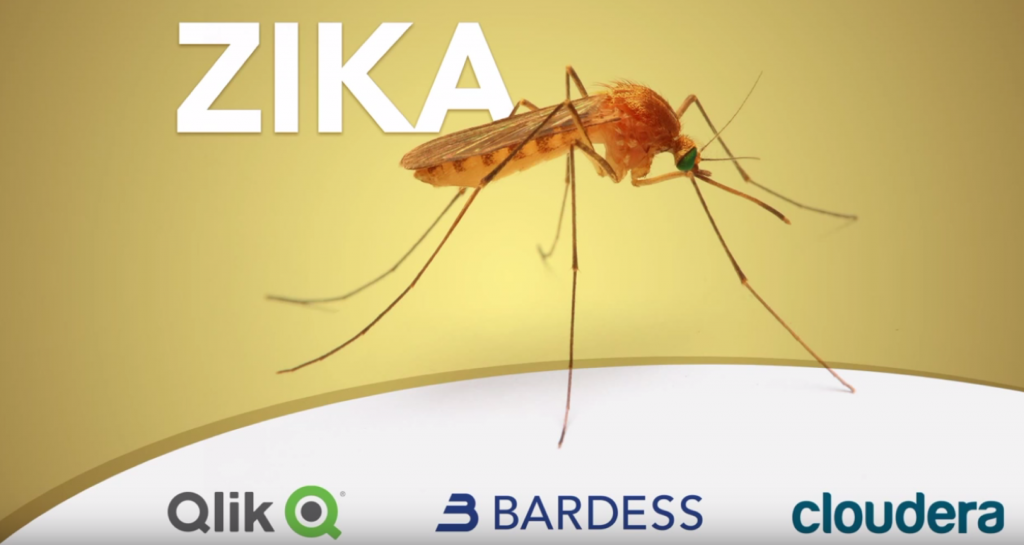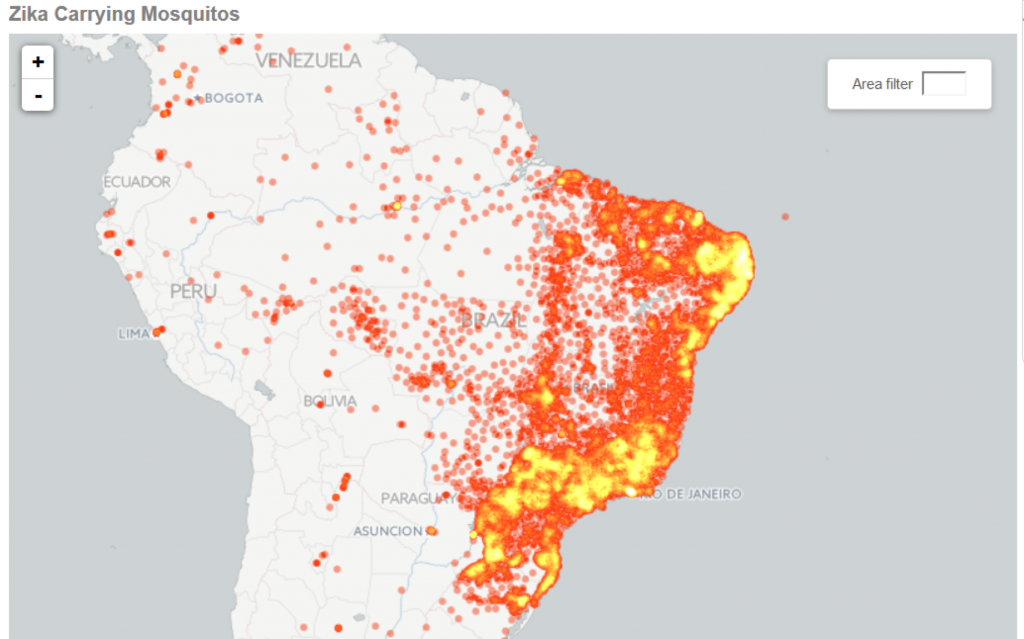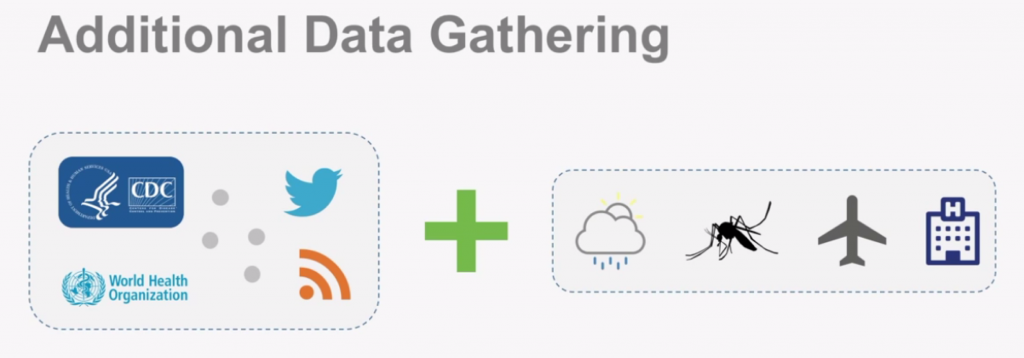What do you get when one of the world’s best athletes, who may or may not be filled with performance-enhancing pharmaceuticals, is bit by a mosquito infected by the Zika virus? Well, let’s hope it’s not some kind of mosquito-like super villain. We would more likely get an athlete returning home with the Zika virus and looking for treatment. Now, given that the 2016 Olympic Games in Rio are expected to attract more than 7 million visitors from all around the world, you can start to understand the magnitude of the challenges faced by supply chain organizations within the pharmaceutical industry who are working hard to supply treatment.
For pharmaceutical companies, producing and supplying the right amount of product at just the right time to patients around the world is critical to ensuring patient wellbeing. But it’s not easy. Consider that:
- They have to get the product to patients who are receiving treatment in increasingly localized settings (e.g. residence, nursing homes, retail locations, etc.)
- Their products are highly sensitive and vulnerable to environmental changes during transport
- They must rely on a diverse network of 3rd party partners to distribute their products
- They must comply with a myriad of globally varying rules and regulations.
All this while keeping an eye on the profit margin. It leaves you wondering: how do they do it?
Fortunately for pharmaceutical companies data is growing faster than mosquito populations and that gives them a competitive advantage. I recently worked on a joint project with Qlik, Cloudera and Bardess to demonstrate how data from various sources could be used to predict where Zika might spread and determine if healthcare providers would be equipped with enough product to address a potential outbreak.
We started by gathering data from the CDC and the World Health Organization to understand virus prevalence and hotspots. We were able to see that in 2014 there was an explosion in the population of Zika carrying mosquitoes.
Weather conditions were ripe and when travelers from across the globe made their way to Brazil for the 2014 World Cup, a football player was bitten by a mosquito and the outbreak in Brazil was official. Today there are more than 100,000 cases of Zika in Brazil and Rio has more than 3 times as many as any other city in Brazil.
Once we had enough information about the virus we enhanced the data to predict where it might spread. We were able to bring in additional unstructured data sets including mosquito migration patterns, human travel patterns and weather conditions.
Using this information we were able to predict that areas including Puerto Rico, Florida and Texas were at risk.
The next step was to analyze population demographics and healthcare facilities to determine the population at risk and HCP’s ability to address a potential outbreak. We associated internal production capacity and inventory data and were able to quickly identify areas at risk where there would likely be a shortage of product supply.
So, can Zika complete against a Pharma company well trained in the use of data. Not likely. When you take a step-by-step approach, continually adding new data, even the most challenging issues can be solved.
You can see the initial analysis in the video below.
Chris Ferrara
Director, Market Development
Mobile: 201-572-3411
E-mail: Chris.Ferrara@qlik.com





